
It would have been virtually impossible for me to have ever seen the actor Edward G. Robinson on stage, as when he played Broadway for the last time, it was in Paddy Chayefsky’s Middle of the Night in 1957 — the year I was born. Renowned as a film actor, it’s important to note, that like so many greats who first burst on the scene with the advent of talking pictures, Robinson was a major stage actor before he came to Hollywood in 1929. At that point, he had twenty-nine Broadway plays to his credit in the years between 1916 and 1930, nearly two per season. How’s that for a statistic? Always one of my personal favorites, Eddie G was the first actor I ever took to impersonating — at the age of five.
Robinson was born Emanuel Goldenberg on this date, December 12th in Bucharest, Romania in 1893. The fifth of six sons, he emigrated with his parents to the United States when he was nine. Raised on the Lower East Side of New York, it came in handy when his career turned to playing tough guys, since he grew up knowing those types well. A bright child, he would eventually boast the ability to speak seven languages fluently, among them Yiddish, Romanian and German. Although for a time he considered becoming a rabbi or a lawyer, he entered the American Academy of Dramatic Arts while still a teenager by means of a scholarship. Advised there to take on a different stage name instead of the Jewish-sounding Emanuel Goldenberg, he chose Edward G. Robinson, later regretting it, as he often complained that it was too long to write out when giving autographs.

From his first shows on Broadway, Robinson was able to learn from some of the best actors in the early part of the century, cast as he was many times in shows under the producing entity that was the illustrious Theatre Guild. Among them George Arliss, Pauline Lord, Alfred Lunt, Thomas Mitchell, Frank Morgan, Joseph Schildkraut and Sam Jaffe (who became his lifetime best friend). In 1923, Robinson had the significant supporting role of Shrdlu in Elmer Rice’s The Adding Machine, an expressionist drama that got him a lot of attention. Then, in 1927’s The Racket, Robinson’s performance as a sinister Italian thug led the way to films. Sent out to Hollywood, he was paid $50,000 to star opposite Claudette Colbert in The Hole in the Wall(1929) as a gangster known as “The Fox.” After about a half-dozen pictures, it was with 1931’s Little Caesar, directed by Mervyn LeRoy, that Robinson catapulted into a star of the first rank. As Rico, the compact Robinson crafted a larger than life character who terrorized all around him. That is, until the film’s final frame, when after being gunned down behind a billboard, he rolls out from under it, revealing his bullet-ridden body. As if he cannot believe his fate, Robinson looks to the heavens and, in a stunned voice, declares (in one of the most famous last lines in the history of film), “Mother of Mercy … is this the end of Rico?”

From that time on, Robinson became one of the most in-demand actors in Hollywood. Forced time and again to return to gangster roles (he was, after all, under strict contract to Warner Bros. for many years), he was also lucky to have had strong directors who admired him (and hired him), many of them the best in the business, like Michael Curtiz, Howard Hawks, John Huston, Fritz Lang, Orson Welles and Billy Wilder. It was for Wilder that Robinson gave what many consider his finest performance: Barton Keys in 1944’s Double Indemnity. This is the role for which he should have won the Academy Award, but for some inexplicable reason, Robinson wasn’t even nominated for it. In fact, in what was a major omission, this actor with well over a hundred films to his credit, was never nominated for the Oscar.

Equally adept at comedy, no more so than when he would “send up” the gangster roles that made him famous, Robinson’s work in The Little Giant, A Slight Case of Murder and Larceny, Inc. to name but a few, were hilarious. This versatility was money in his pocket until the House Un-American Activities hearings in Washington, which brought many careers to a halt during the anti-Communist witch hunts of the late 1940s and early ’50s. Recently dramatized in 2015’s Trumbo, it was Robinson’s relationship to the blacklisted screenwriter Dalton Trumbo that got him in deep water. Due to their friendship, Robinson was called to testify three times before HUAC, resulting in his being “graylisted.” This nebulous no-man’s land allowed for studio heads to keep work from him, forcing Robinson to sell portions of his valuable art collection when jobs were drying up (and when he was hit with a very expensive divorce). This sequence of events is told well and acted with distinction by Michael Stuhlbarg and Bryan Cranston in Trumbo (and, for an added bonus, stick around later in the film for a cameo by yours truly as a newspaper reporter).
In stark contrast to his screen image as an often uneducated thug, Robinson was actually an erudite man of the world. It was reported that he once said about his mutual love of art and acting that “Acting and painting have much in common. You begin with the external appearance and then strip away the layers to get to the essential core. This is reality and that is how an artist achieves truth. When you are acting, you are playing a part, you are being somebody else. You are also, at the same time, being yourself.”

The main reason Robinson took to the stage in 1956, was his frustration at no longer being offered A-list films. His return to New York was a triumph, receiving excellent notices for Middle of the Night. The young actress with whom he played opposite, Gena Rowlands, later said of her co-star “Oh, it was wonderful because he always played such mean devils in the movies and tough guys and he was such a gentleman. He was courtly, really. And such a wonderful actor. We played an awfully long time [the run of the play] because everyone in the world wanted to see Edward G. Robinson. They weren’t coming to see me! They wanted to see Edward G. Robinson. He was just magnificent.”

After the ultra-right-wing Cecil B. DeMille cast Robinson in his ridiculously successful 1956 remake of The Ten Commandments, it signaled the coast was clear for him to be brought back into the fold. Over the next fifteen years, he lent his stature and elegance to such films as Two Weeks in Another Town, The Prize and The Cincinnati Kid, working beautifully alongside major stars of the day, Kirk Douglas, Paul Newman and Steve McQueen, respectively. His last role in the sci-fi cult favorite Soylent Green, was completed two weeks before his death at age seventy-three. And it was in those two weeks, that the Academy of Motion Picture Arts and Sciences voted him a Special Oscar for lifetime achievement. Although he was dead by the time of the ceremony two months later, his widow, Jane Adler, accepting it on his behalf, spoke of the joy the knowledge of the award brought him in his final days.
Robinson was once quoted as saying, “To last you need to be real.” Eddie G. was real — and he lasted. His films are available now and forever. If you’ve never seen him in one, you owe it to remedy the situation immediately.
If you enjoy these columns, check out Up in the Cheap Seats: A Historical Memoir of Broadway, available at Amazon.com in hardcover, softcover and e-book. Also, follow me here on Scrollstack and feel free to email me with comments or questions at Ron@ronfassler.org.

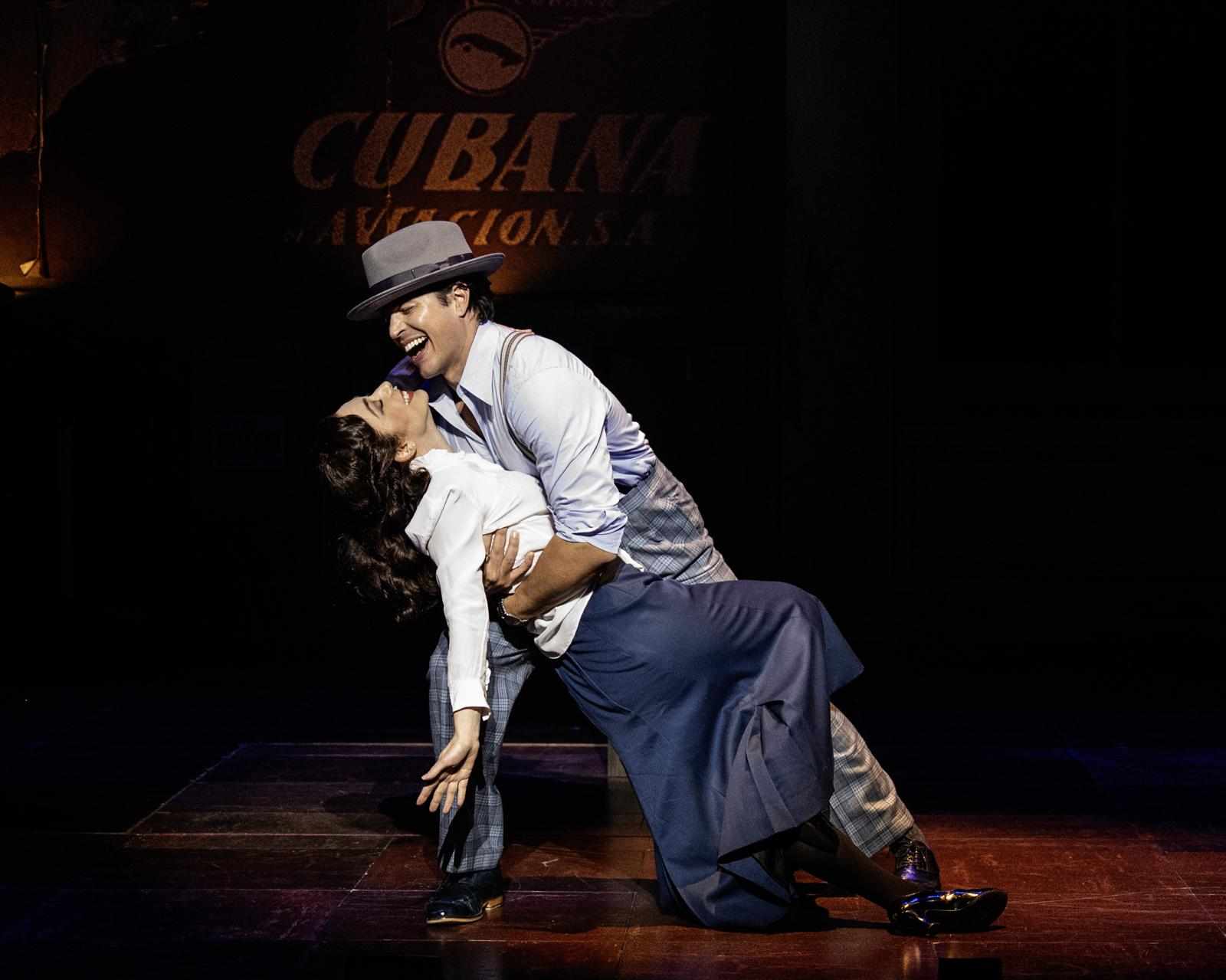
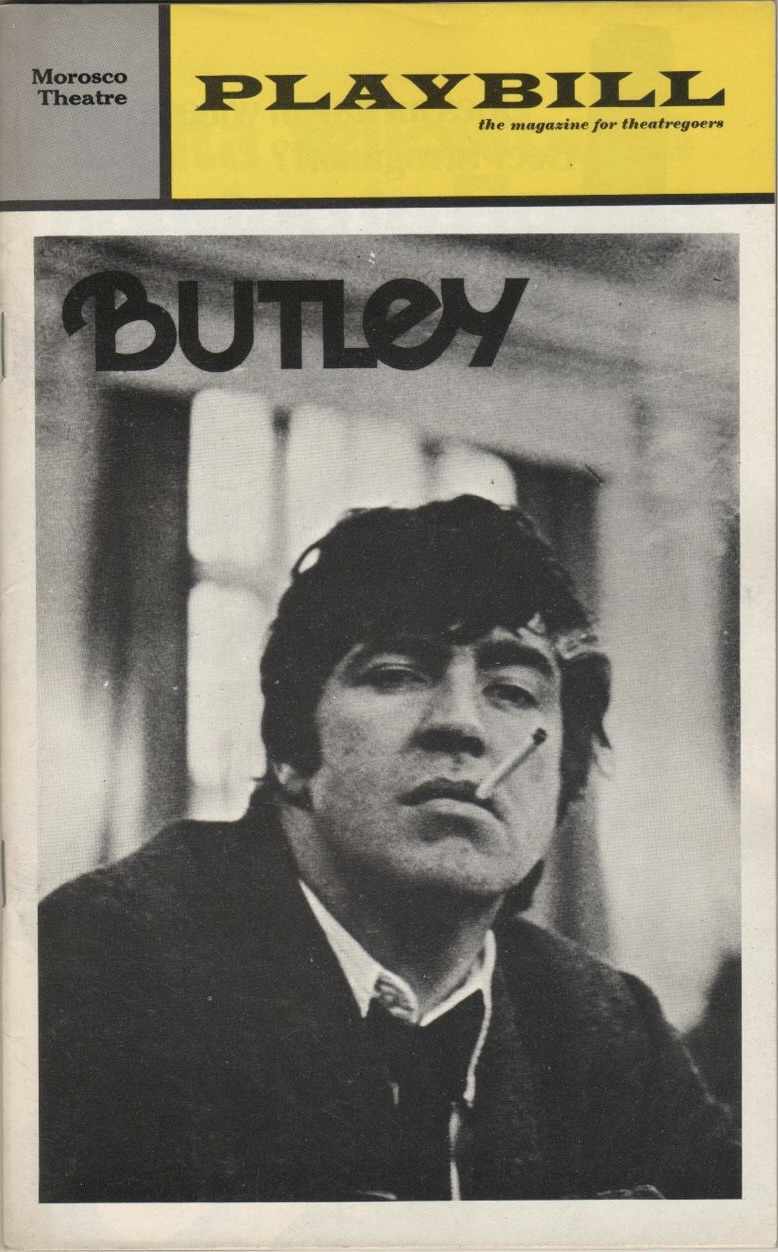
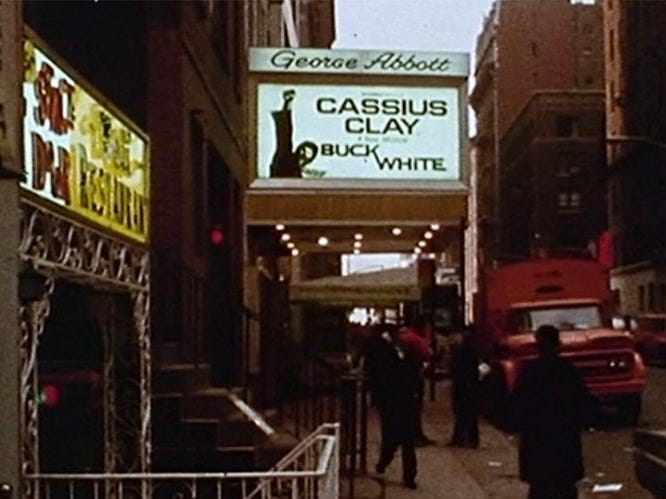

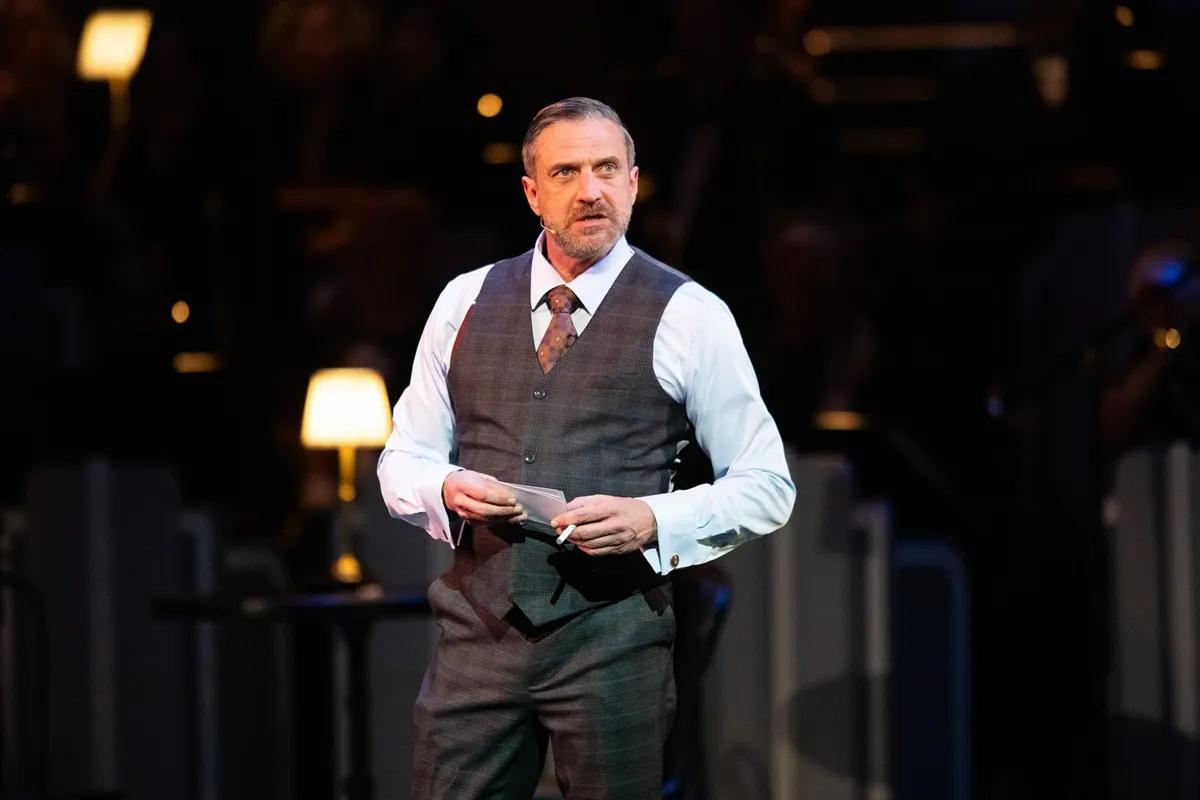

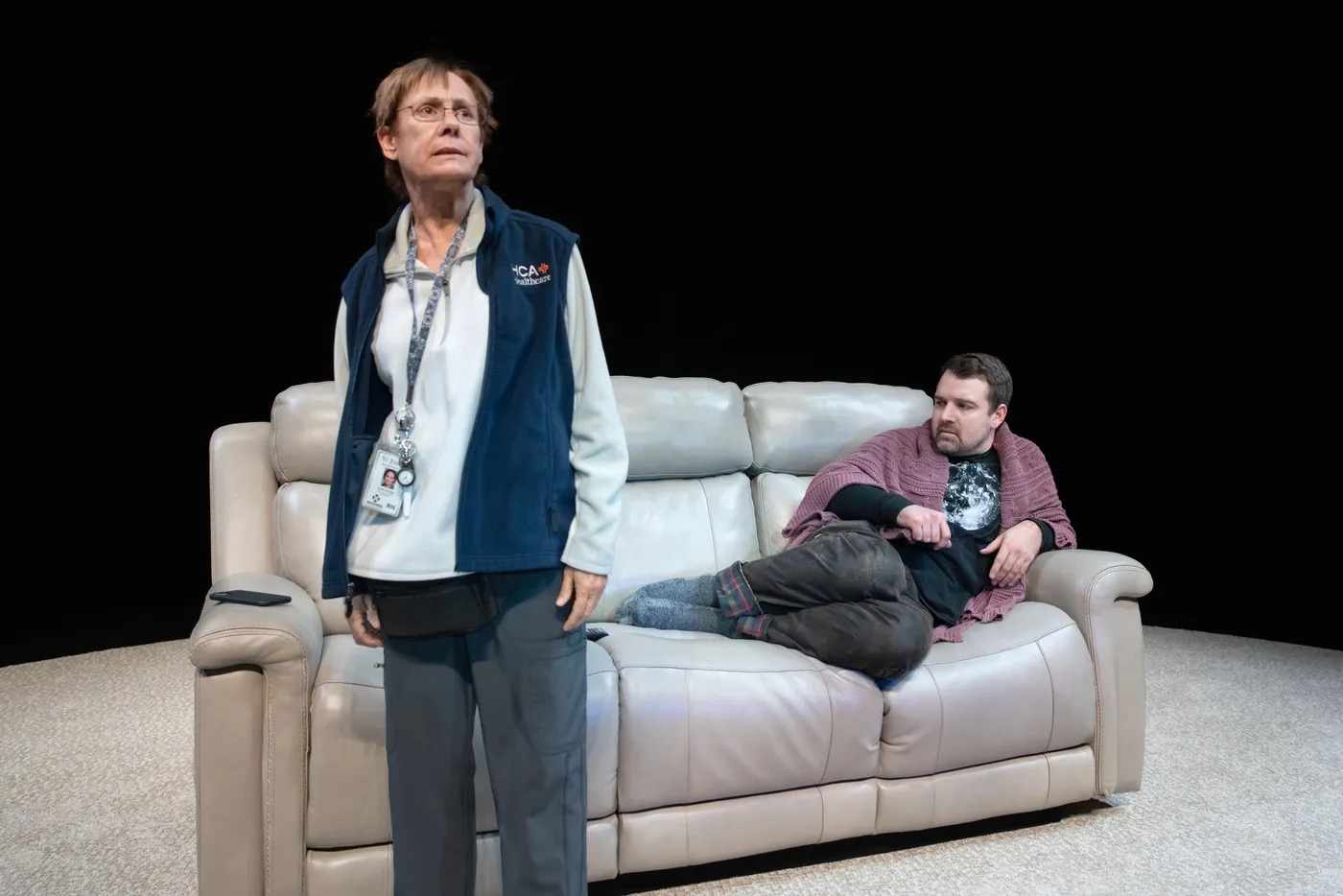


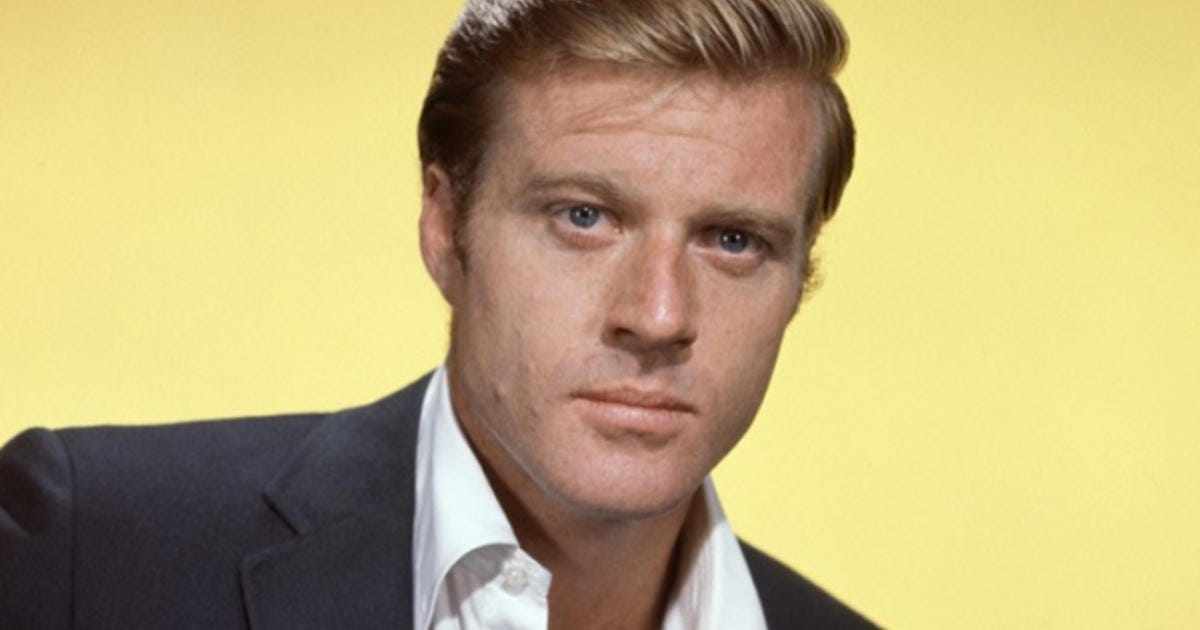
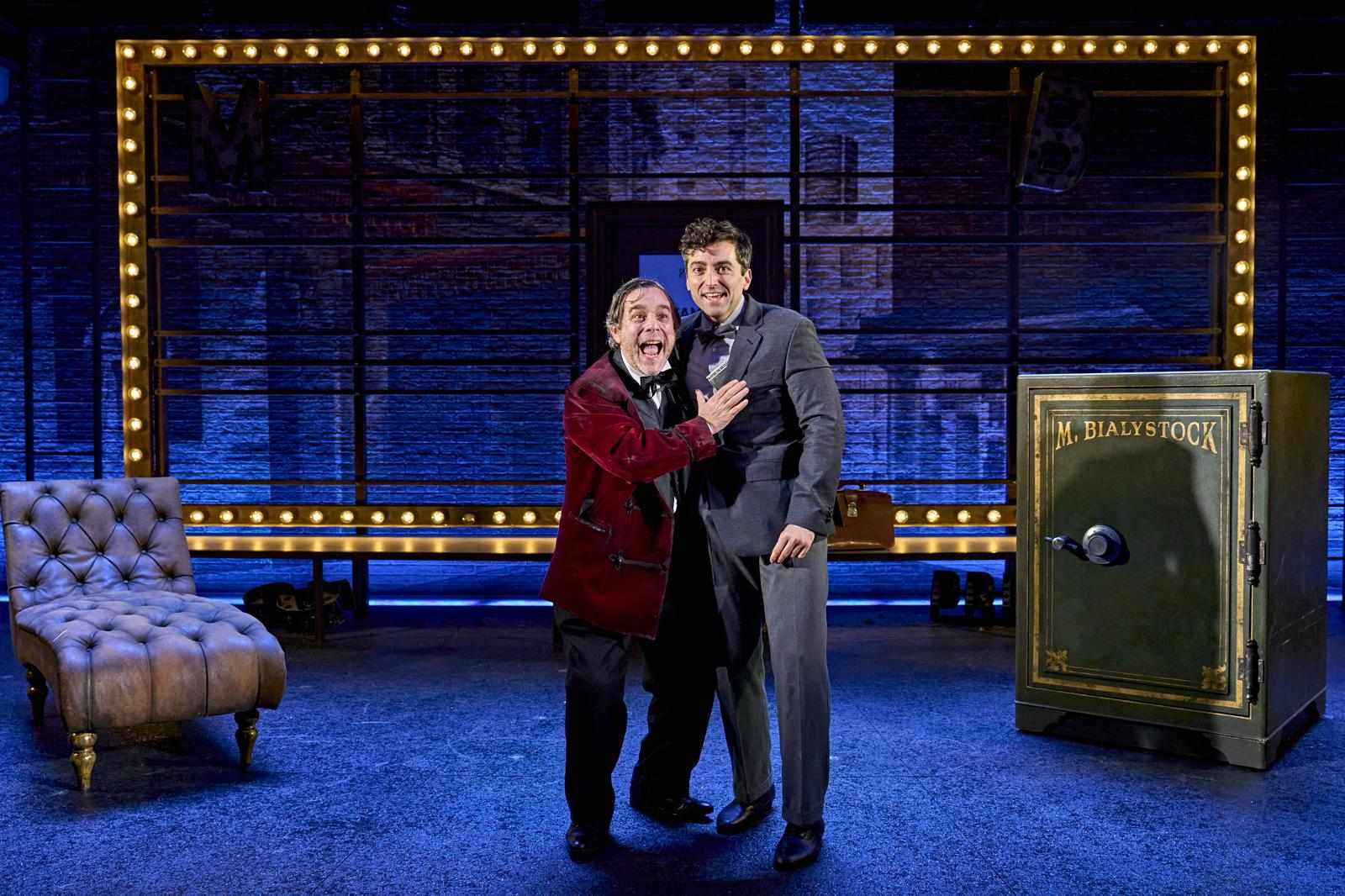
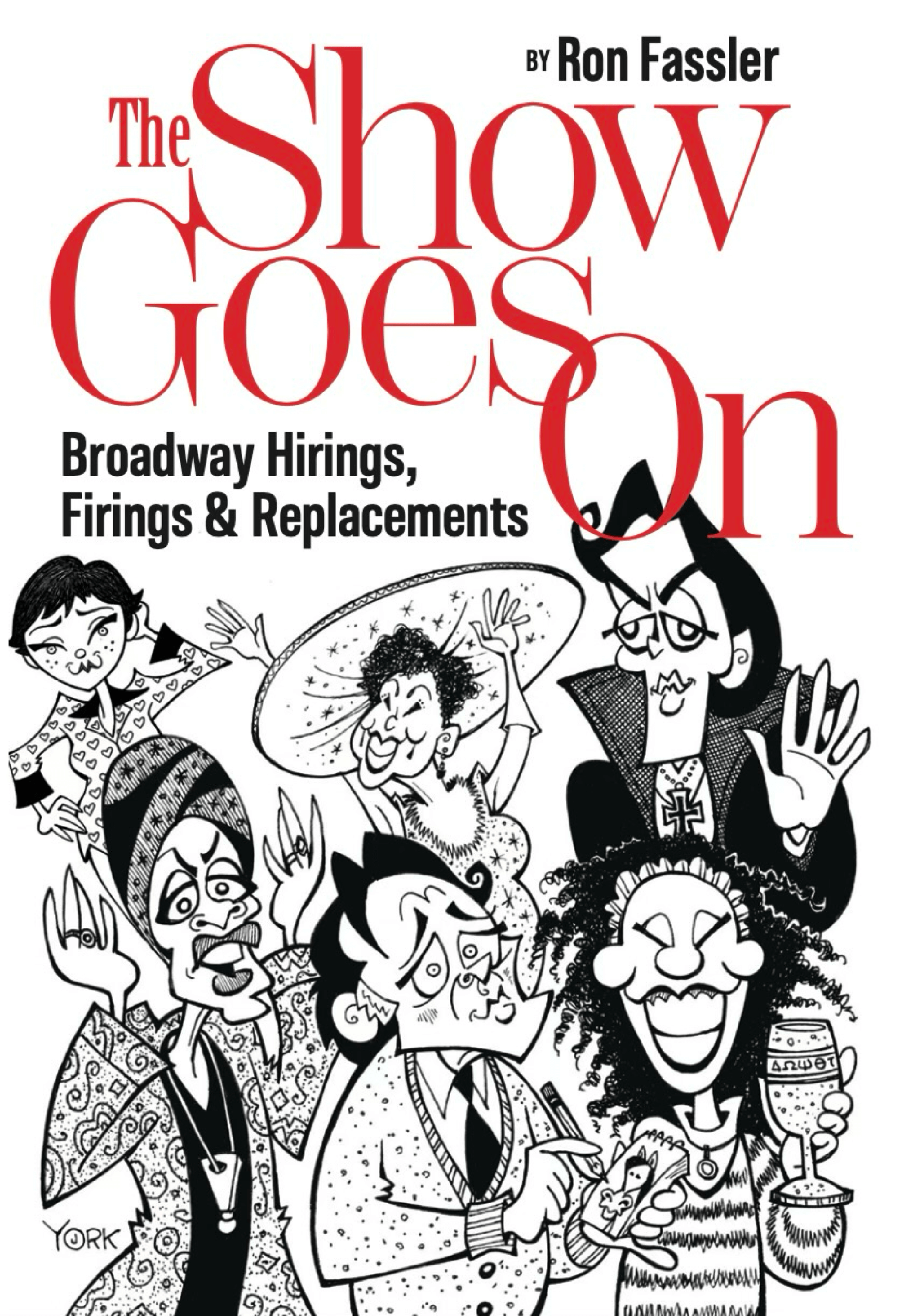

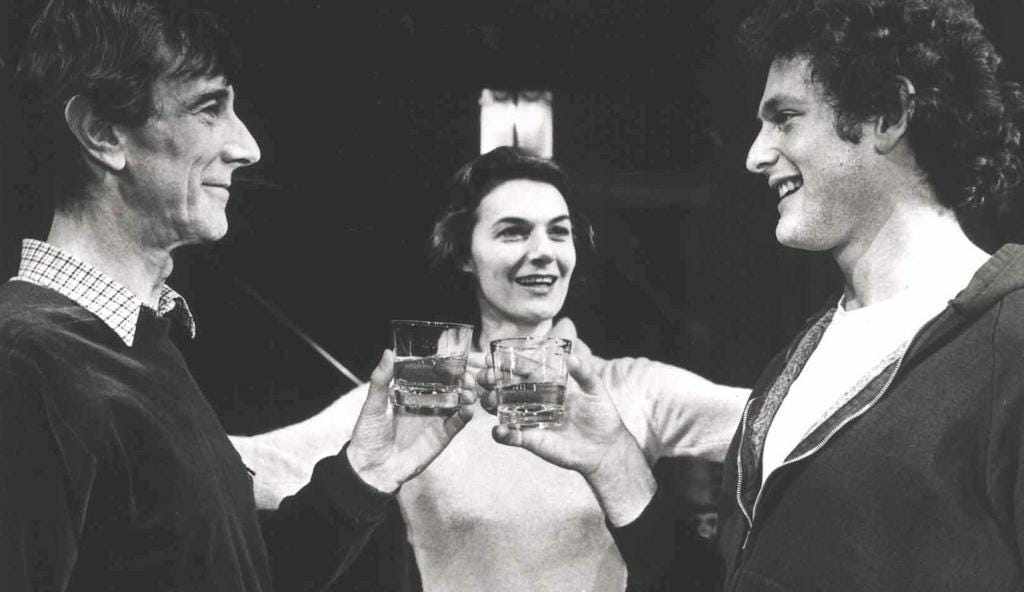





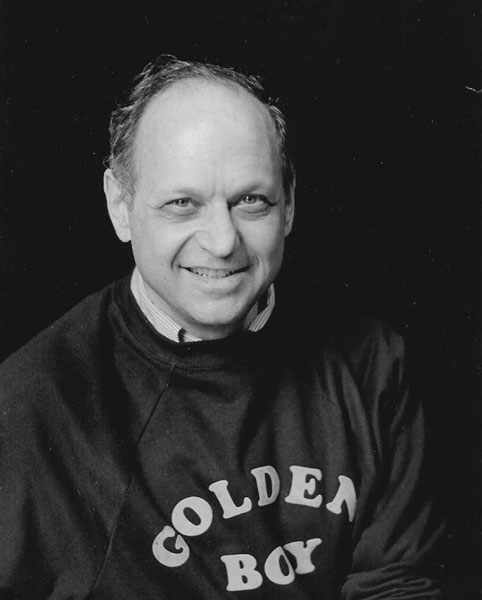
Write a comment ...